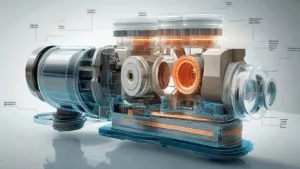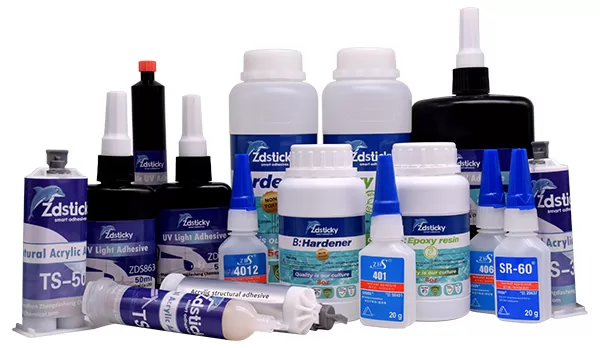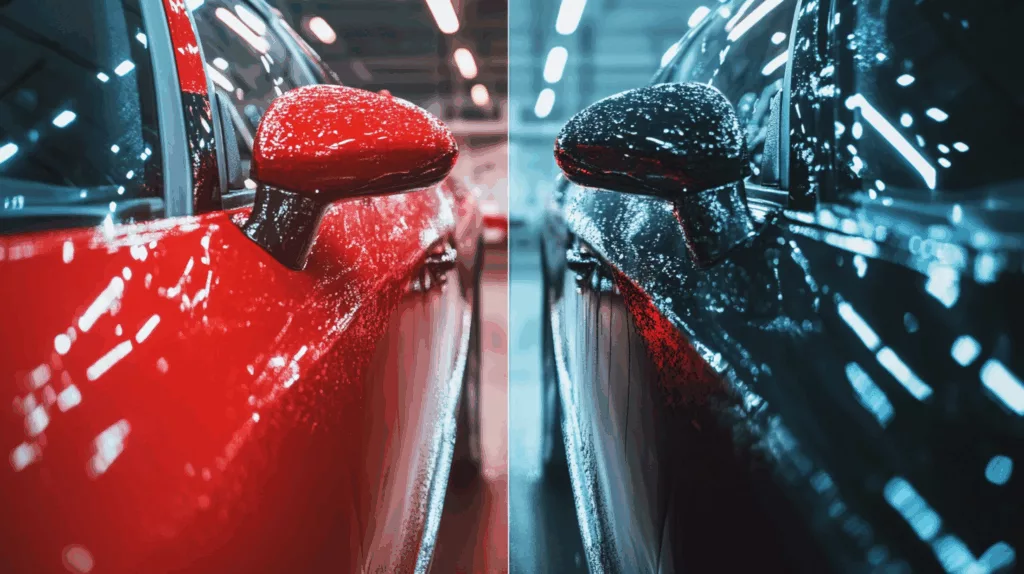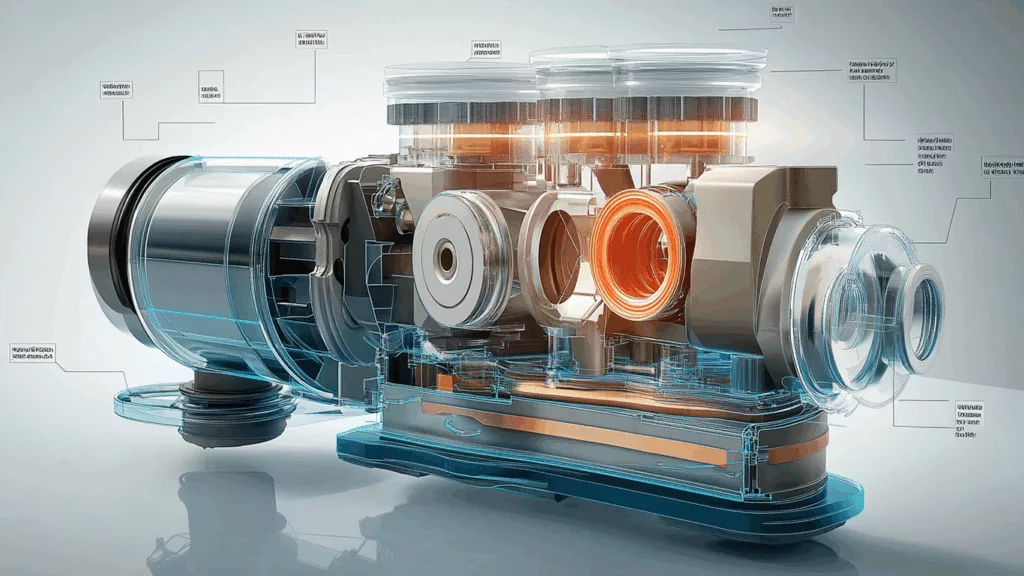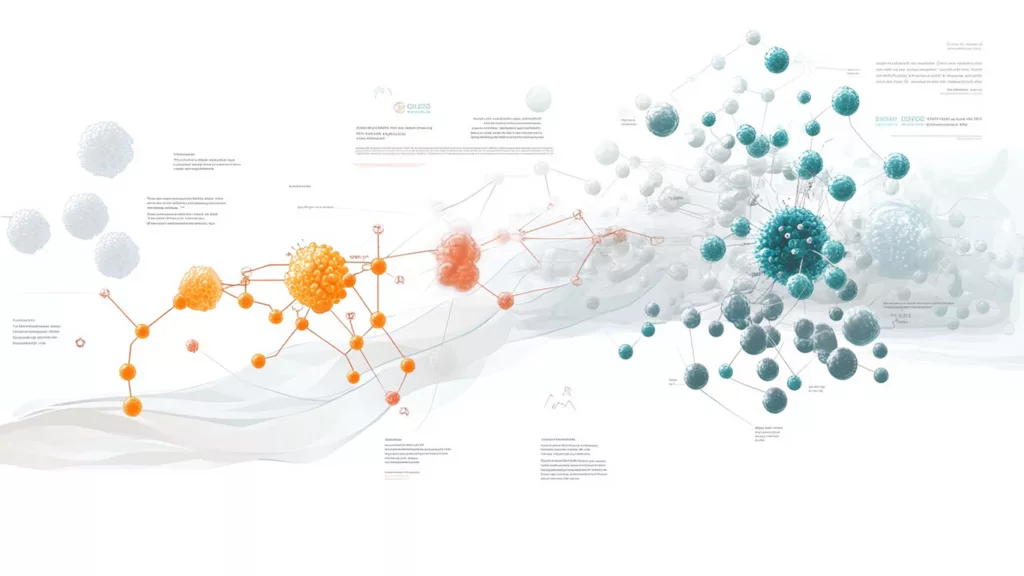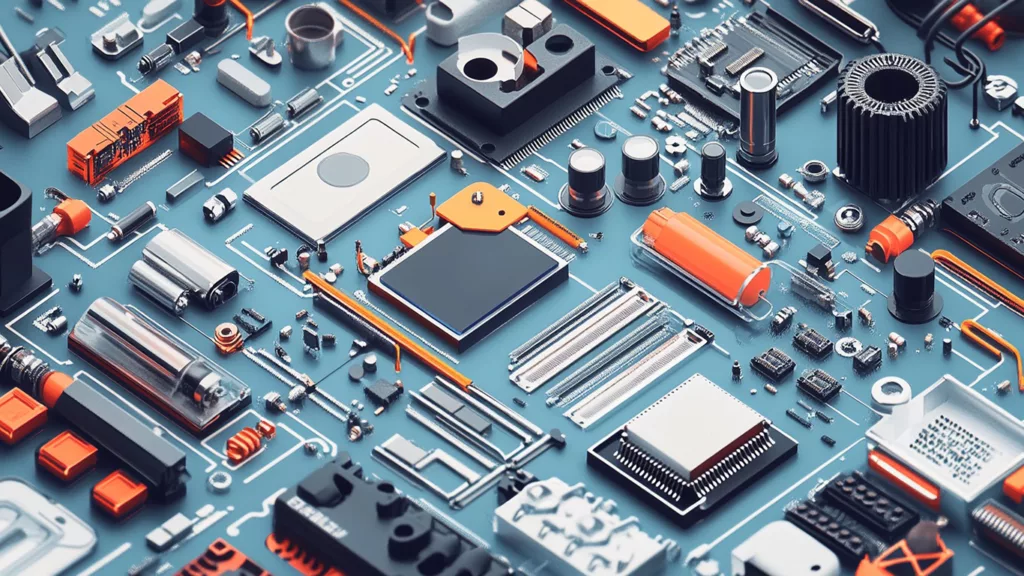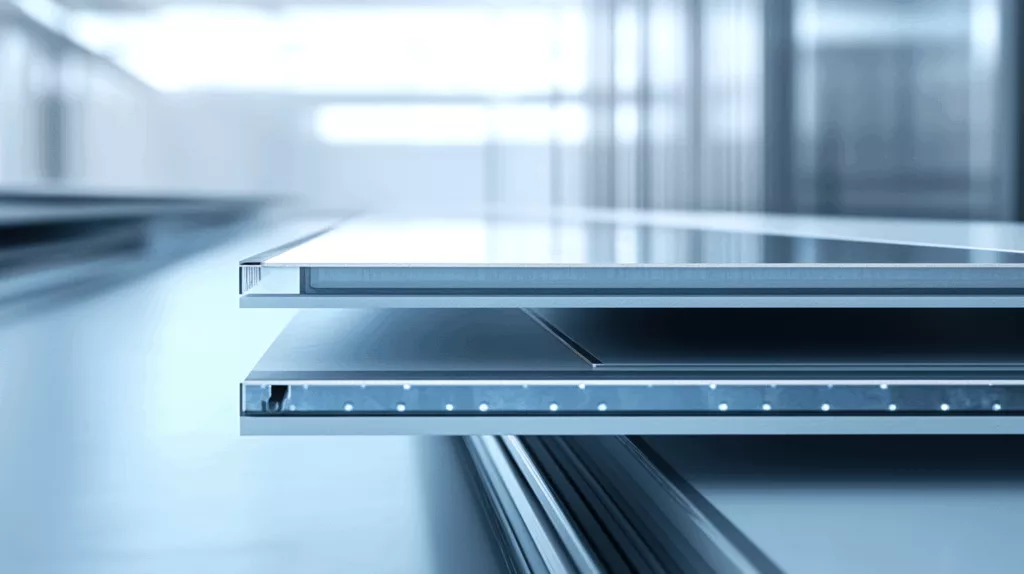In the evolving world of automotive manufacturing, the debate between using structural adhesive for cars body versus traditional welding continues to gain attention. Modern car manufacturers are increasingly integrating adhesives into their production lines, redefining what strength and flexibility mean in car body assembly.
ZDS™, a trusted adhesive manufacturer providing innovative bonding solutions, offers valuable insight into the growing preference for structural adhesives over conventional welding methods. This article presents a technical comparison focusing on strength, flexibility, and cost to help you understand the best bonding technique for automotive applications.
Overview of Structural Bonding in Automotive Manufacturing

Structural adhesives are high-performance bonding agents engineered to replace or complement mechanical fasteners and welds. They are especially effective in joining dissimilar materials like aluminum, steel, composites, and plastics, making them ideal for modern vehicle architectures.
Common Applications
- Joining roof panels, door frames, and hoods
- Bonding aluminum and composite materials
- Reducing weight in EVs and lightweight vehicle designs
Strength Comparison: Adhesive vs Welding
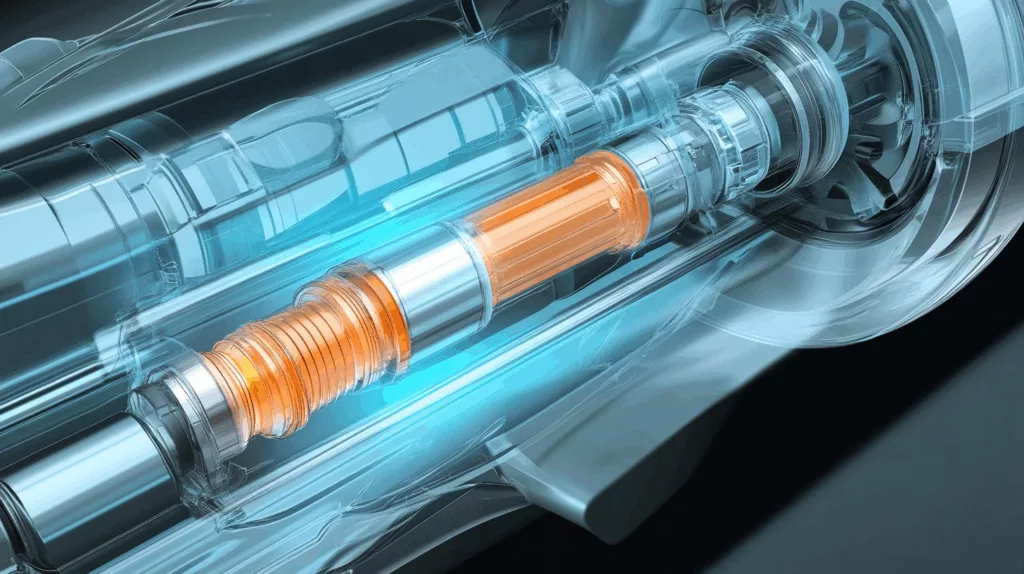
Welding has long been valued for its load-bearing capabilities, especially in steel structures. However, adhesives have closed the gap significantly in recent years.
Welding Strength Characteristics
- High shear and tensile strength
- Excellent for metal-to-metal joints
- Vulnerable to stress concentrations
Structural Adhesive Strength Characteristics
- Distributes stress over a larger surface area
- Superior peel and fatigue resistance
- Capable of bonding dissimilar materials without compromising integrity
Recent industry tests have shown that automotive adhesive strength can meet or even exceed welding in specific load cases, especially where vibration dampening and impact resistance are critical.
Flexibility and Material Compatibility
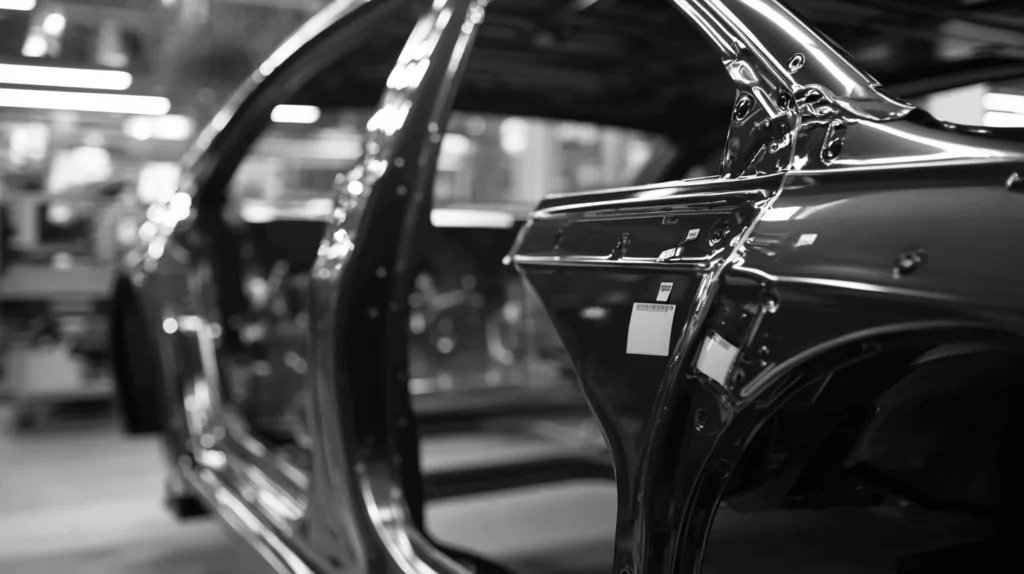
Welding Limitations
- High heat input can warp thin panels
- Limited to metal-to-metal joints
- Not suitable for composite or mixed-material assemblies
Adhesive Flexibility Benefits
- Accommodates thermal expansion
- Maintains joint integrity under vibration
- Enables use of advanced lightweight materials
Structural bonding in automotive design allows for more freedom in engineering and material choices, aligning with trends in electric vehicles and sustainable manufacturing.
Cost Efficiency and Production Benefits
Welding Costs
- Requires skilled labor
- High energy consumption
- Post-processes needed (grinding, sealing, corrosion protection)
Adhesive Bonding Costs
- Lower equipment and energy costs
- Reduces assembly steps and rework
- Enables automation and improved throughput
Over the long term, using a structural adhesive for cars can result in a more streamlined, cost-effective production line, especially as manufacturers aim for reduced weight and carbon emissions.
Comparative Table: Welding vs Structural Adhesive
| Feature | Welding | Structural Adhesive |
|---|---|---|
| Strength (Tensile) | Very High | High to Very High |
| Peel Resistance | Low | Excellent |
| Vibration Damping | Poor | Excellent |
| Material Versatility | Metals only | Metals, composites, plastics |
| Thermal Impact | High | Low |
| Labor Requirements | Skilled | Less skilled, more automated |
| Cost Efficiency | Moderate to High | High |
FAQ Section
Q1: Are adhesives as safe as welds in crash situations?
A: Yes. Structural adhesives offer excellent crash performance by dissipating energy over larger areas, enhancing passenger safety during impact.
Q2: Can adhesives fully replace welding in automotive assembly?
A: In many cases, adhesives complement welding rather than replace it entirely. Hybrid bonding systems are increasingly common.
Q3: How long does a bonded joint last compared to a weld?
A: With proper surface preparation and material choice, structural adhesive bonds can last the lifetime of the vehicle, with superior resistance to corrosion and fatigue.
Final Call-to-Action
The automotive industry is rapidly shifting toward advanced materials and more efficient production methods. Choosing between welding and a structural adhesive for cars depends on the application, performance requirements, and design strategy. For reliable, flexible, and cost-effective bonding, consult with experts like ZDS™, whose cutting-edge adhesive technologies are shaping the future of car manufacturing.



